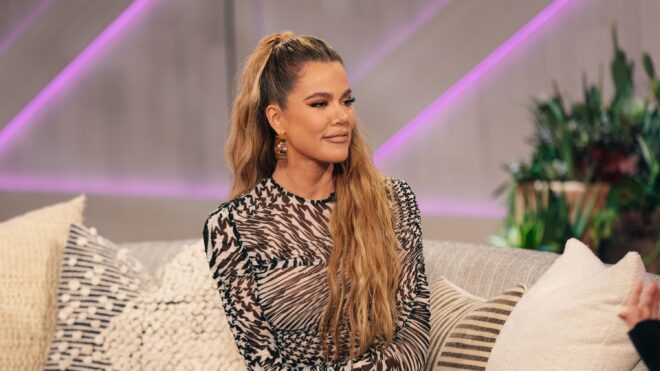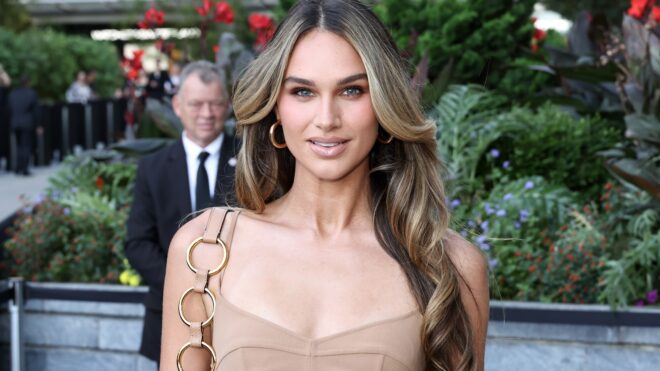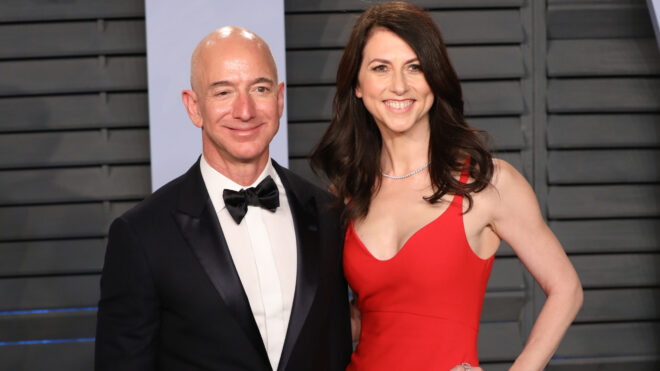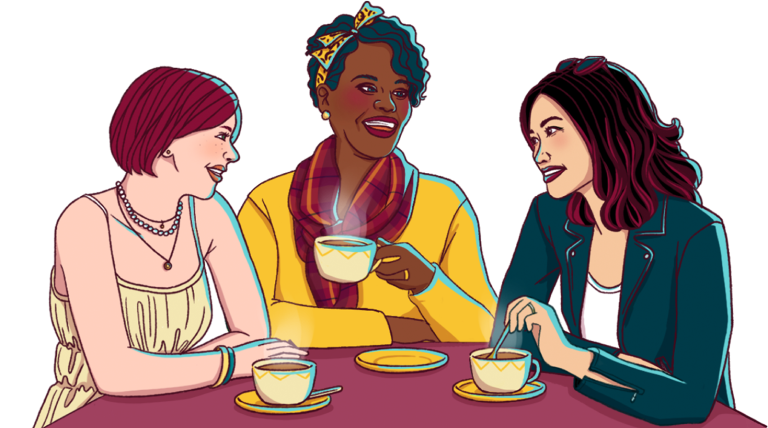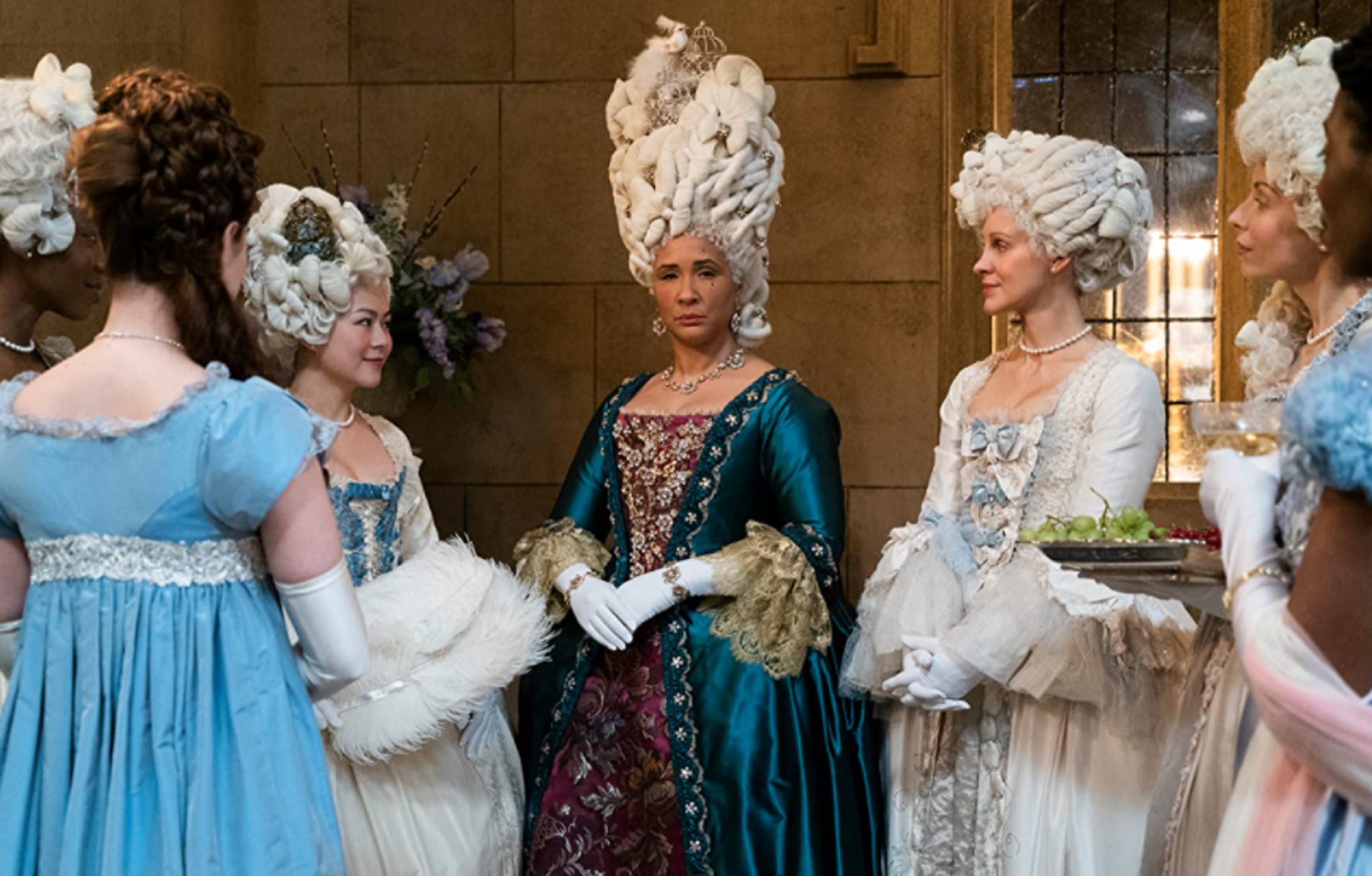
It's time we talk about Netflix's new original series, Bridgerton. The show, which is the first project to debut that's part of Shonda Rhimes' multi-project deal with the streaming giant, premiered on Christmas Day and quickly caught the attention of viewers looking for something juicy to binge watch over the holidays. And for the most part, it didn't disappoint. For many of us TV addicts, Shondaland can do no wrong. Personally, I've been a huge fan since the first season of Grey's Anatomy, a show I feel essentially revolutionized television.
Grey's was the first time many of us saw such a diverse and relatable cast on an hour-long primetime drama. It was groundbreaking because it featured a diverse cast of Black, white, Asian, gay, and lesbian characters. It's spawned three spin-offs and paved the way for Shonda to give us the television gems Scandal and How to Get Away With Murder, solidifying her place atop the podium in American TV history, and making way for her to produce shows like Bridgerton with, seemingly, tons of creative freedom.
'Bridgerton' is based on the romance novel of the same name by author Julia Quinn.
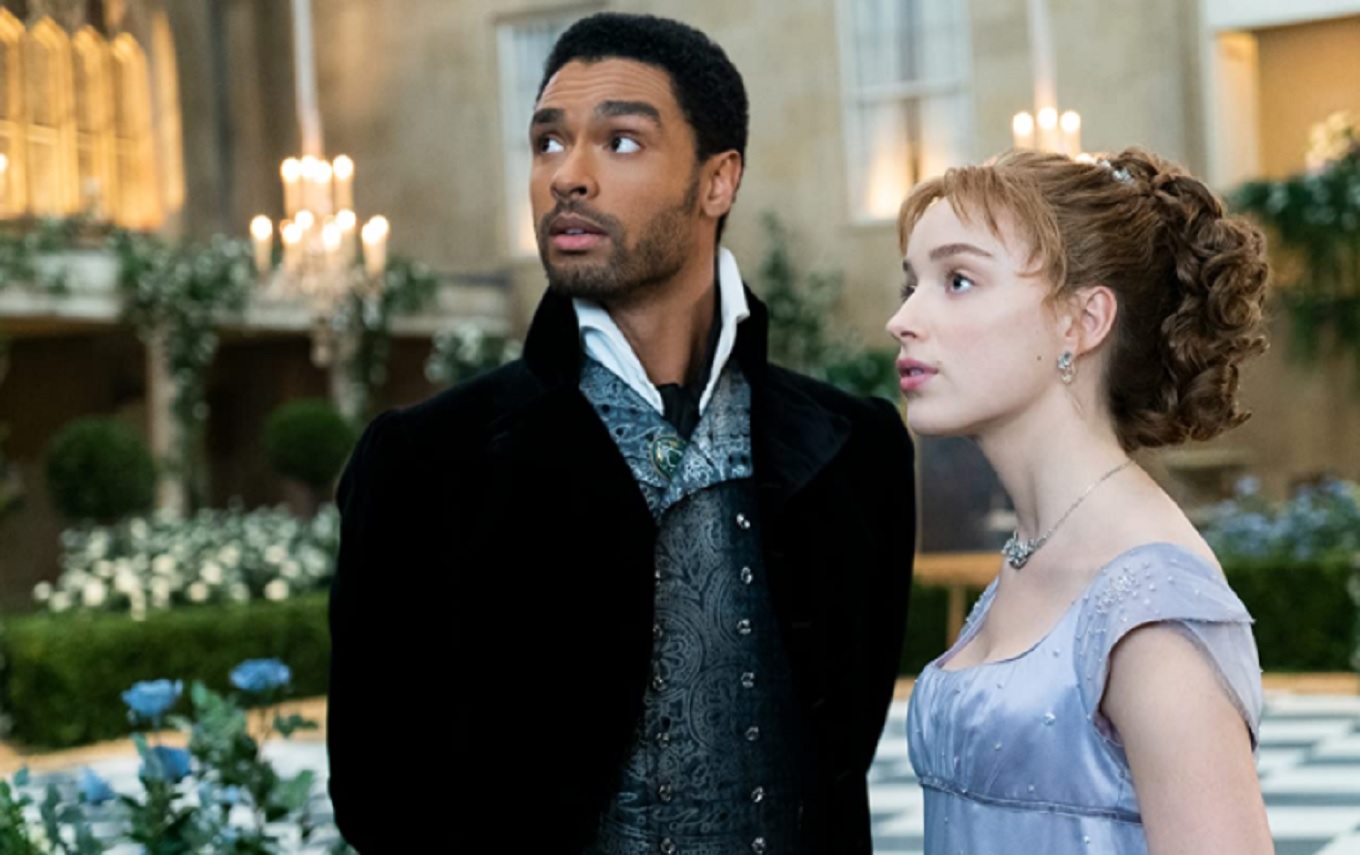
Bridgerton is the first of eight series Shonda will produce for Netflix, and after binging the entire first season in just a few days, I was left wanting more, as I'm sure many other viewers were.
It's a new genre for Shondaland.
Since Bridgerton is set in the 19th century, it's a departure from anything we've seen from Shonda up to this point and it seems that will be the case for most of the shows she has on tap for Netflix. But somehow, it is still signature Shondaland. It has the strong female characters, it has all the drama, and it has the beautifully diverse cast.
The cast is brimming with Black people.
The series strays from the book it's based on, and from the time period it represents, in one particularly glaring way: The cast is brimming with Black people, most of whom are figures in high society. Race is not a central issue in Bridgerton. In fact, it's mostly ignored. Instead, class is what creates a divide for the characters in this story.
TV audiences aren't used to seeing the storylines of Black characters not focus on race.
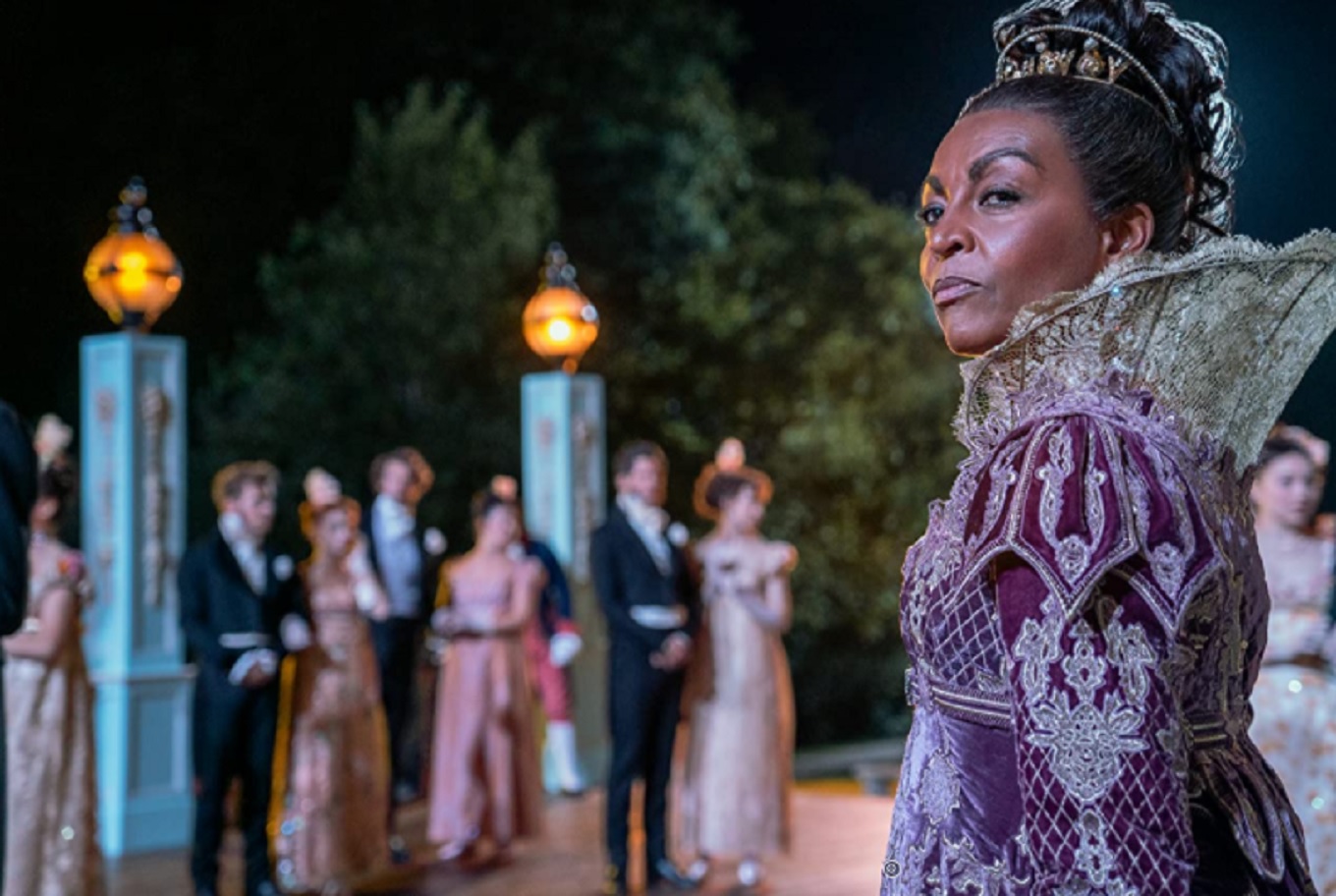
Most viewers aren't used to seeing Black people play anything but servants in period pieces. Black people were rarely considered members of Western high society hundreds of years ago, although there's been something of a debate over the race of Queen Charlotte, who is played by biracial actress Golda Rosheuvel in Bridgerton. Some historians have argued that the real queen was actually Black. Even if that were true, we're still not accustomed to seeing it depicted on television. So, even though parts of the show are historically inaccurate, I honestly don't care.
In make-believe stories, people don't have to be a particular race.
This series is a romance. It's erotica. It's a fantasy. And in make-believe stories, people don't have to be a particular race. In made-up fantasies creators get to use their imaginations and let their creations reflect their own points-of-view, their own dreams, their own hopes, and their world views.
It's refreshing to see this kind of representation in a major, big-budget production.
Seeing older Black women playing queens and aristocrats instead of mammies is incredible and refreshing. It's beautiful to see a Black male character (Simon, the Duke of Hastings, played by Regé-Jean Page) dealing with the pressures of being the heir to one of the richest families in Regency-era London instead of having his back beaten by a slave master.
We don't think it was an accident that one of the truest, most natural relationships we see on the show is between a lower-middle class Black couple.
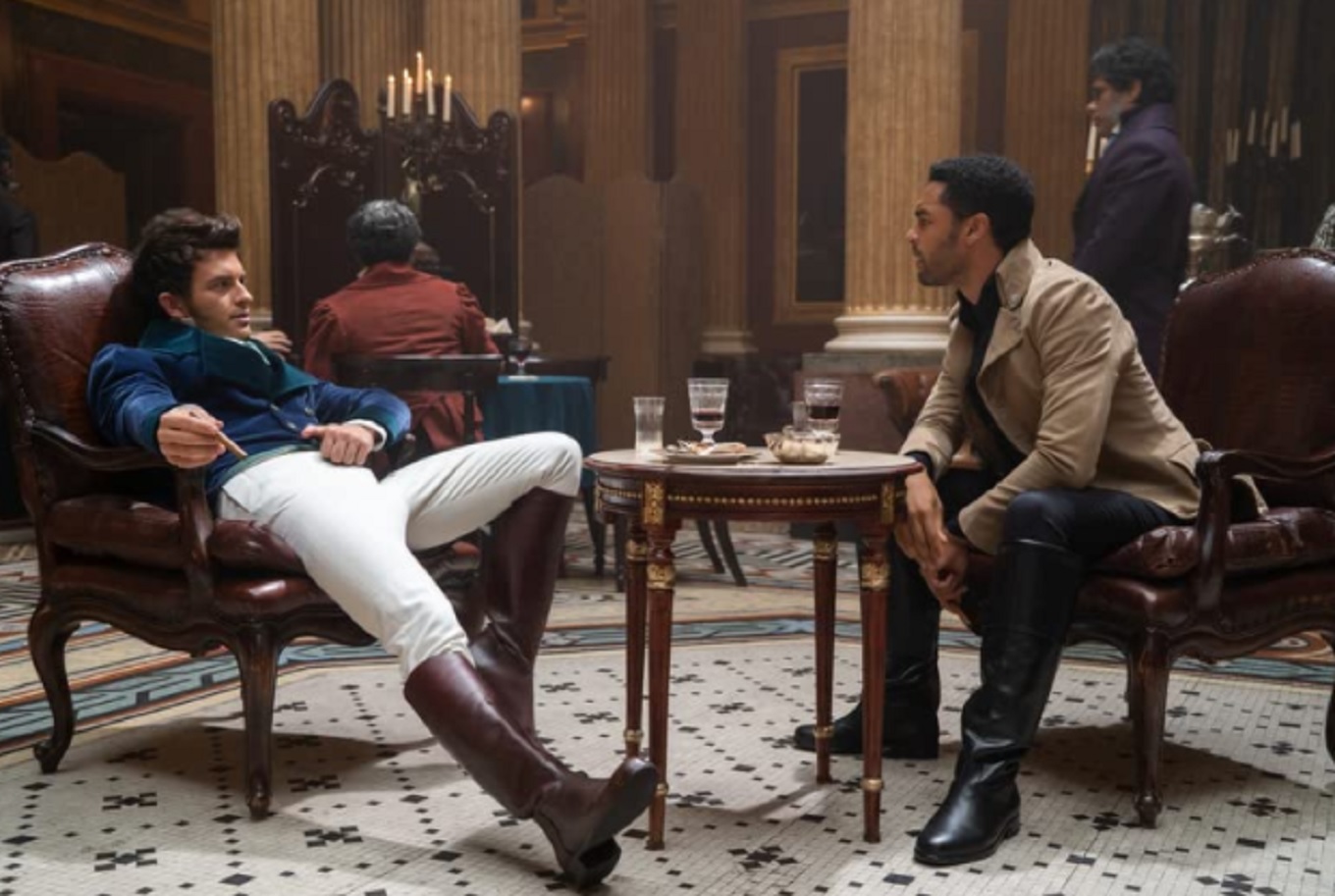
It should also be noted that the most stable and healthy relationship depicted on the show is between Black couple Will and Alice Mondrich, played by Martins Imhangbe and Emma Naomi. Their characters are secondary and they are not a part of the aristocracy the show focuses on, but we don't think it was an accident that one of the truest, most natural relationships we see on the show is between a lower-middle class Black couple with a gaggle of kids running around. It made me smile, and we're hopeful that in subsequent seasons their characters and relationship are explored further.
The show, of course, has received quite a bit of criticism for the historical inaccuracy of its casting.
Critics have pointed out that they don't like that the show strayed from Julia Quinn's story by including characters of color, that the Black people in the show are too light-skinned, and that the main love story is between a biracial couple rather than between two Black characters, which would showcase Black love more prominently. But, to me, none of that really matters.
Critics shouldn't ignore that we have, in fact, been offered an explanation for how this multi-racial society came to be.
About halfway through the season, Lady Danbury, who is played by Adjoah Andoah (and is one of my favorite characters), says to main character Simon the Duke of Hastings, "We were two separate societies divided by color until a king fell in love with one of us. Look at everything it is doing for us, allowing us to become. Love, Your Grace, conquers all."
Do we love the "white savior" explanation?
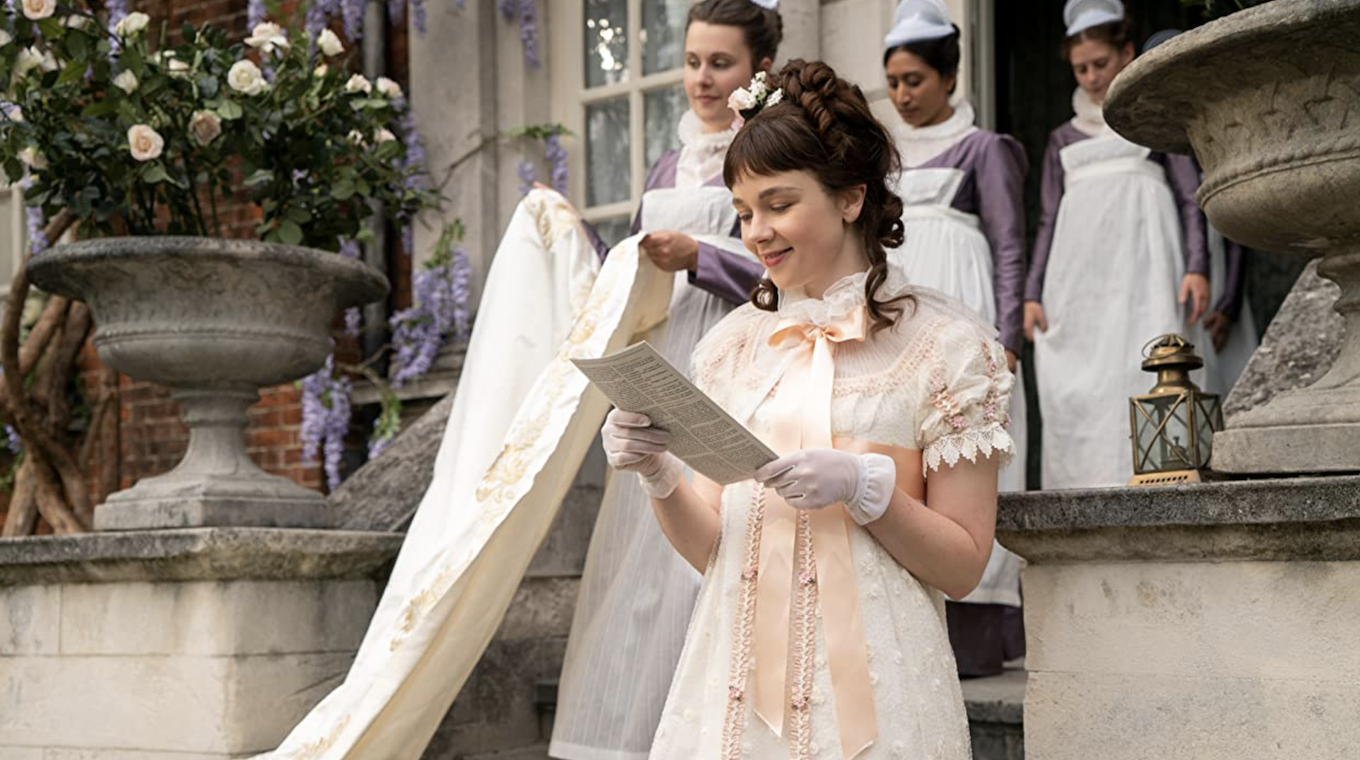
Not really, but it's a feasible explanation and more realistic than the idea that society had always been integrated. It also feels like a bit of a tease, as it's unlikely that that's all we'll hear about the history of the "Ton." But, it's not the focus of the first season and elaborating on it now would have been a distraction and almost like two disparate story lines.
A second season hasn't been confirmed, but we're betting it's coming, and that there will be plenty of time to delve deeper down the line. Doing so now, though, would have turned it into a show about race, rather than a show about young people navigating their entries into high society and the often complicated relationships involved in that process.
Let's just give it some time.
We were presented with a well-made, well-acted, and utterly entertaining new series produced by a Black woman who knows what she's doing when it comes to television. Trust and believe that she will deliver. Let the story develop. Let the characters grow. Season one was exactly what it should be: an introduction, and it gave us just enough to pique our interest. But personally, I wouldn't mind if race never becomes a plot line on Bridgerton — it just doesn't need to be.
No matter how fast we wish things would change, progress is so very often slow.
But when we as Black and brown people get to see other Black and brown people on TV in roles we've never seen them in before, that's progress and we should be proud. We deserve the mental break. We've earned the chance to watch a frivolous TV drama that looks like us without having to think too much about what our ancestors endured, and what so many people of color are still enduring today. Sometimes, we just want to watch TV to be entertained, and this show does just that.
We are excited to see these characters develop and grow in subsequent seasons.
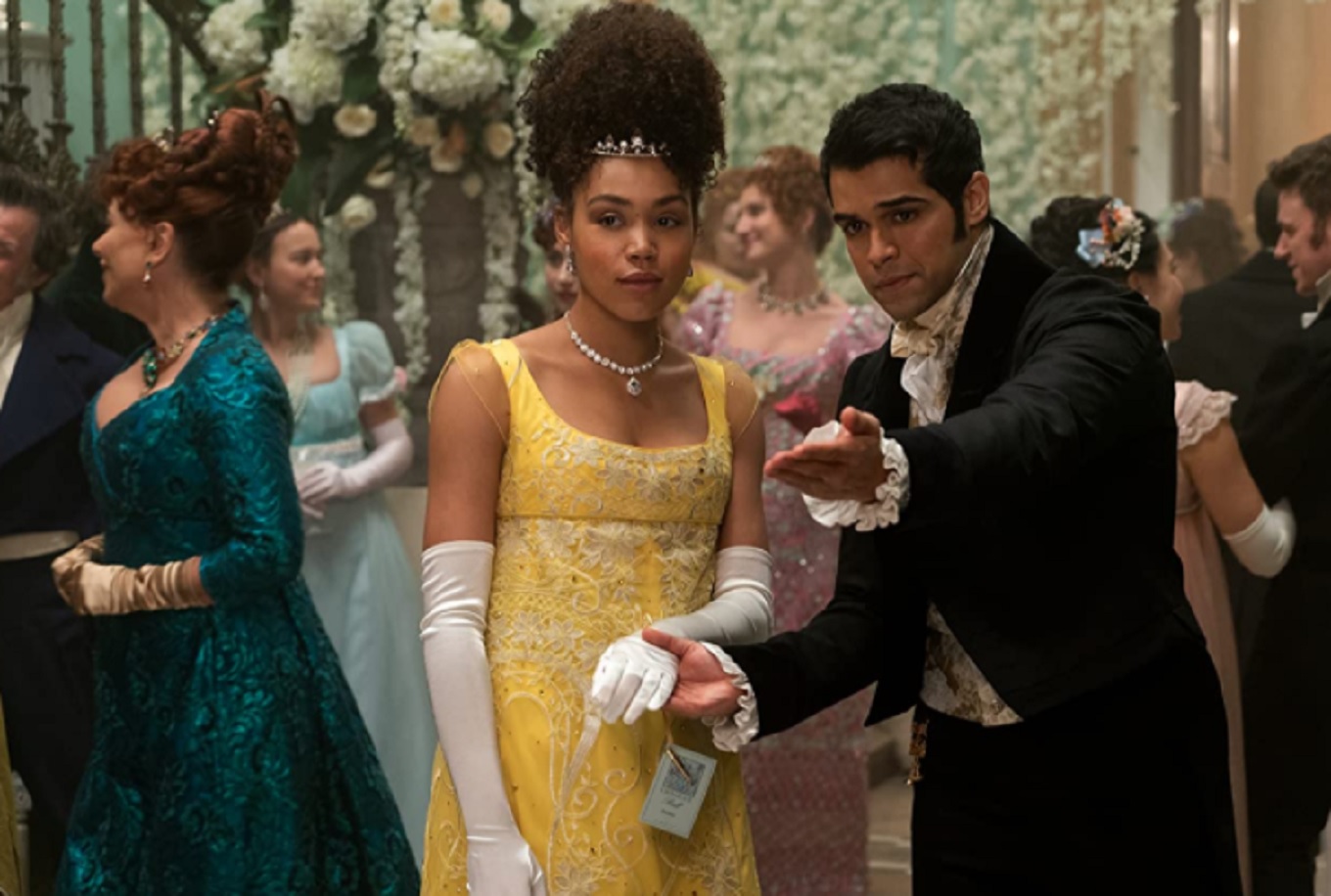
While we don't think that Bridgerton quite reached its full potential in the first season, we are excited to see how these characters develop. We're invested and look forward to seeing how Netflix and Shondaland continue to put representation at the forefront and work to change the face of television. Just like she did with Grey's Anatomy in 2005, we have a strong feeling that's what Shonda's working toward with Netflix.

